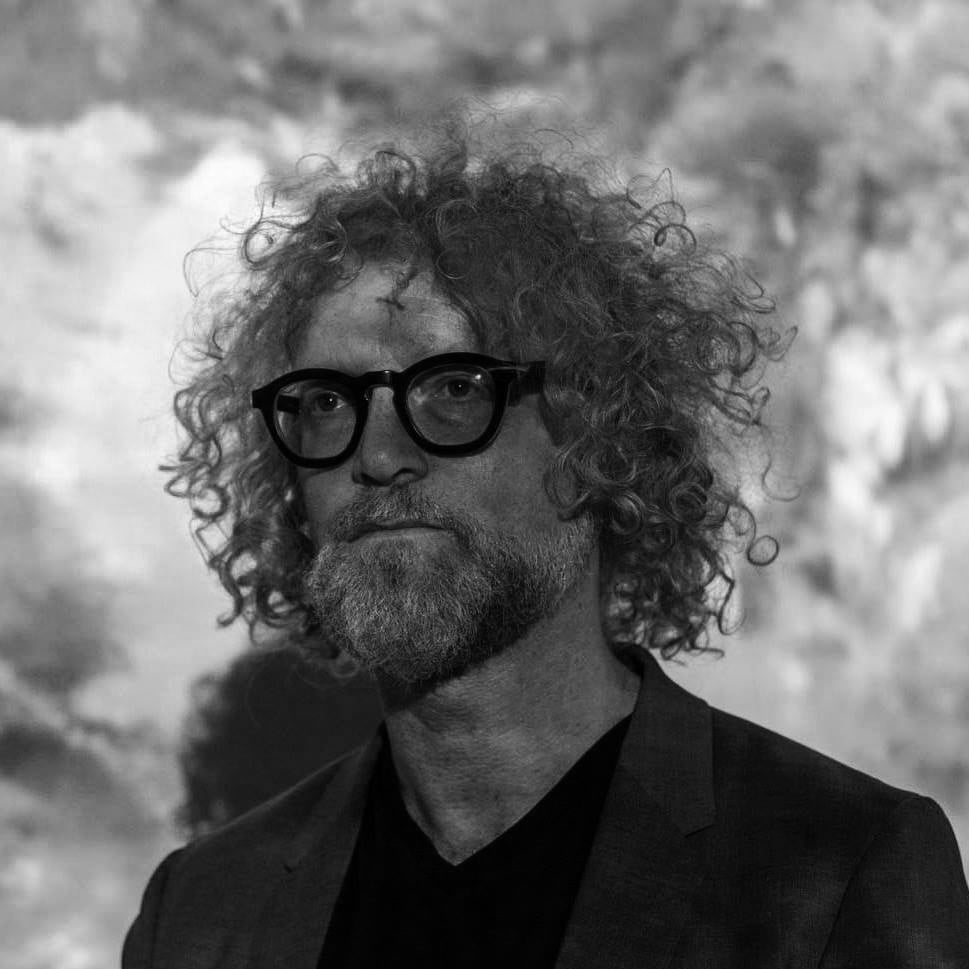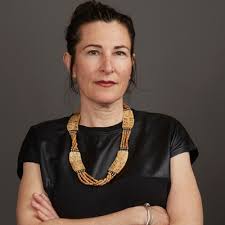Nature Disrupted.
Curated for Niio by Steven Sacks, bitforms gallery
Nature Disrupted presents 4 video artworks by Claudia Hart and Marina Zurkow. Each of the works uniquely reference the impact and new world view dictated by the present day Anthropocene. Insensitive human activity and technological evolution has forever changed the balance of nature. Virtual engagements have become increasingly embedded in our society, further removing humans from the dire environmental state.
Contact Art Advisor

bitforms gallery
Founded in 2001, bitforms gallery represents established, mid-career, and emerging artists critically engaged with new technologies. Spanning the rich history of media art through its current developments, the gallery’s program offers an incisive perspective on the fields of digital, internet, time-based, and new media art forms. Supporting and advocating for the collection of ephemeral, time-based, and digital art works since its founding, bitforms gallery artists are in the collections of the Museum of Modern Art, New York; Tate Modern, London; the Solomon R. Guggenheim Museum, New York; the Smithsonian American Art Museum, Washington, D.C.; the National Portrait Gallery, Washington, D.C.; Center for Art and Media (ZKM), Karlsruhe; Centre Pompidou, Paris; Victoria and Albert Museum, London; Stedelijk Museum, Amsterdam; and Borusan Contemporary, Istanbul, among other institutions internationally.
Marina Zurkow
Elixir IV, 2009 HD video animation 5 min loop Edition of 7, 1 AP
The “Elixir” pieces describe impossible landscapes: cut-crystal bottles bob and toss like buoys in the ocean, beacons bearing potions, poisons, messages, genies. Each bottle contains an animated figure engaged in a repeated, metronomic action. In “Elixir I”, a woman is rowing; “Elixir II”, a blindfolded man stumbles to stay upright. “Elixir III” holds a little girl trying to fly with paper wings; and in “Elixir IV”, a high diver twists and arcs, while the bottle presses forward in an Antarctic landscape. The highly layered video treatment pays tribute to the 19th century Russian painter Ivan Aivazovsky, whose portentous, luminous paintings of tiny ships on huge swells of ocean both mesmerize and terrify the viewer.
Marina Zurkow
Slurb
The animated, carnivalesque tailgate party of Slurb loops and stutters like a vinyl record stuck in a groove. Slurb, a word that collapses slum and suburb encapsulates a dreamy ode to the rise of slime, a watery future in which jellyfish have dominion. There is a history of satirical illustration, epitomized by J.J.Grandville in the 19th century, in which animal-headed humans are deployed in the telling of troubling social narratives. Slurb is that kind of cartoon. Facts of the oceans radical changes in acidity and oxygen levels form the backbone of the animation; overfishing, dumping, and climate changes heating of ocean currents have already triggered a reversion toward a primordial sea in parts of the ocean larger than the state of Texas. Slurbs surface is inspired by fictions, like J.G. Ballards prescient 1962 novel Drowned World, in which inhabitants of a flooded world feel the tug of the sun, and dream of a return to their amniotic past.

Marina Zurkow
Artist
b. 1962, New York
Lives and works in New York
Marina Zurkow is a media artist focused on near-impossible nature and culture intersections. She uses life science, materials, and technologies – including food, software, animation, clay and other biomaterials – to foster intimate connections between people and non-human agents.
Claudia Hart
DigitalDeath
Digital Death, 2013, 20 minutes, looping High definition 1920 x 1080 p 3D animation Installation life-sized projection or framed monitor.
Digital life is ultimately flawed and fleeting, even more so than biological life. From the moment of creation, digital life is marked by myriad glitches and a rapid descent into obsolescence. Hence digital life is no more than a mere illusion for a more base reality, that which is Digital Death. This work was created by embracing ideas that seem to be contradictory by simultaneously using two sets of paired software tools, on two separate pieces of software that are oppose one another. The first set employs a biological growth algorithm. What I did was to both “grow” and “ungrow” a cherry tree simulation at the same time. The second set regards the passage of time. I both added and removed time simultaneously, using editing software. By using tools that exist in paradoxical relation to one another, I created a Taoist tree that eats itself even as it is being born, endlessly cycling – in a state of Digital Death. The piece was first shown in a two-person exhibition entitled Rendering Time, with the artist and my former student, Alex M. Lee at Gallery Dos in Seoul, Korea. A catalog written by Nicholas O’Brien discusses our work in the context of contemporary media, representation and proposes that digital structures necessitate a contemporary version of the historical concept of the Sublime. Download: https://files.cargocollective.com/7657
Claudia Hart
Inside the Flower Matrix
11-minute, installation re-purposing the Flower Matrix VR environment. By Claudia Hart, with music composed by Edmund Campion, cello improvisations by Danielle DeGruttola, vocals by Claudia Hart and Mikey McParlane. Special thanks to Jennifer Muraoka. Meant to be exhibited offset in multiple channels. Available as 1080 p and 4K Inside the Flower Matrix is a new work that is a part of Claudia Hart’s Alice world, reinterpreting the Lewis Carroll paradigm as a labyrinth. Inside the Flower Matrix envisions Wonderland as the Interweb, covered by flashing emoji, the icons for power, money, addiction and control. Hart’s Internet is commercial stripway, the enactment of Casino Capitalism but at the same time, paradoxically, also a metaphor for a model of the mind and a site of transformation. The Flower Matrix is specifically modeled after the ancient Roman mythological labyrinth of the Minotaur, an endless maze from which there is no escape. Hart has created a game world covered with pulsing graphical patterns made from emoji, and also from symbolic computer language and public signage icons, conjoined in animated patterns that throb and pulse hypnotically. Also inside the Flower Matrix are five original species of fantastical flowers designed by Hart and covered with the same pulsing patterns, randomly growing and decaying. This is an environment portraying an esthetic of fakeness where technology has replaced nature, both sugary sweet and chemically toxic in equal measures.

Claudia Hart
Artist
Claudia Hart emerged as part of a generation of 90s intermedia artists in the “identity art” niche. She still examines issues of identity, now focusing on how technology has effecting cultural constructions of gender identities and issues of the body, perception, and nature collapsing into technology and then back again. Hart was an early adopter of virtual imaging, using 3D animation to make media installations and projections, then later as they were invented, other forms of VR, AR, and objects using computer-driven production machines, all based on the same computer models. At the School of the Art Institute of Chicago, she developed a pedagogic program based on this concept – Experimental 3D – the first art-school curriculum dedicated solely to teaching simulations technologies in an art-world context. She lives in New York and Chicago, works with Transfer gallery and bitforms galleries, and is married to the Austrian media artist Kurt Hentschlager.
Niio is the leading global platform for digital art, enabling seamless access to a premium, curated catalog of digital art. Customers experience art through Niio’s robust technology platform- on any type of screen or projector. Niio’s vision is to reach and inspire people everywhere- by transforming spaces into vibrant art experiences.